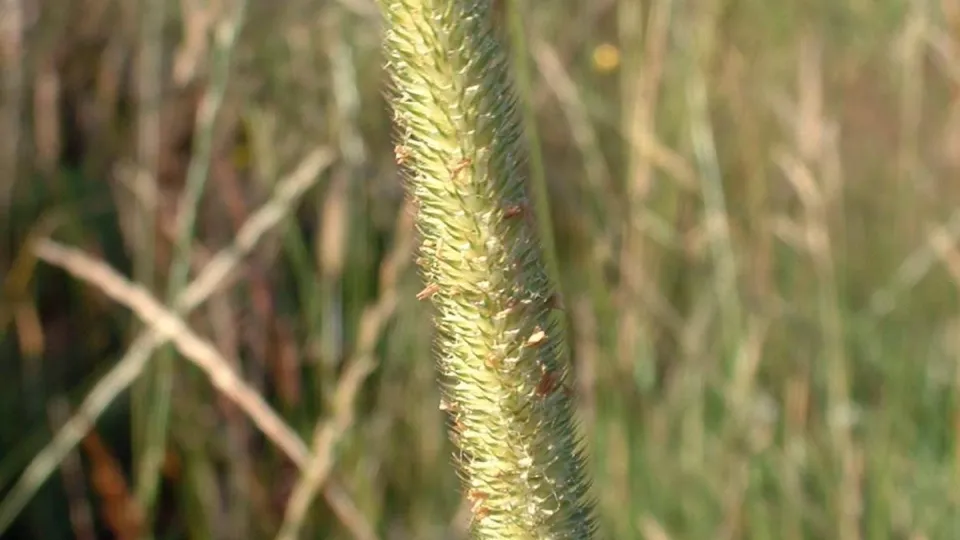
Timothy
Timothy is a grass of meadows, arable land, waste ground and roadside verges. It is also cultivated as fodder for livestock. Look for slender stems and long, cylindrical flower spikes in summer.

Timothy is a grass of meadows, arable land, waste ground and roadside verges. It is also cultivated as fodder for livestock. Look for slender stems and long, cylindrical flower spikes in summer.
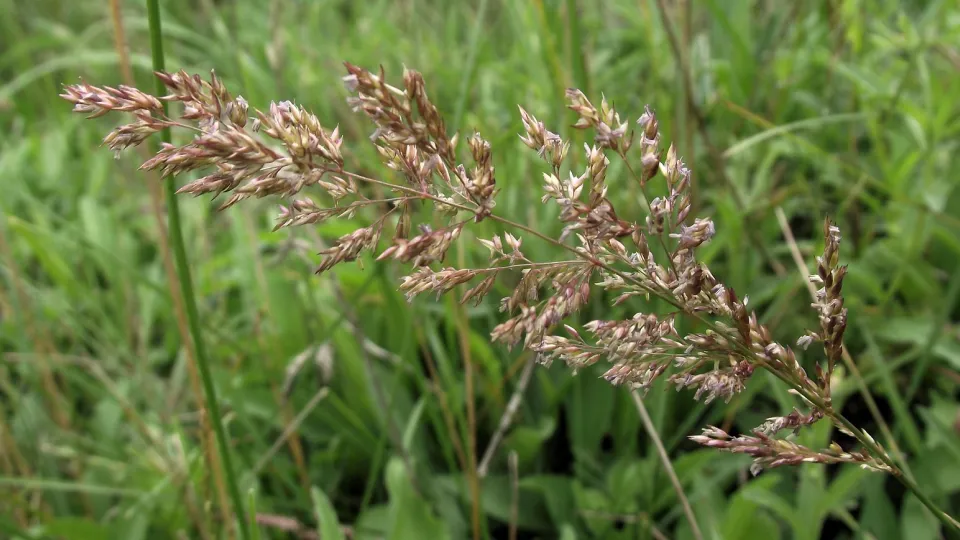
As its name suggests, creeping bent runs along the ground before it bends and grows upright. It is a common grass of arable land, waste ground and grasslands.
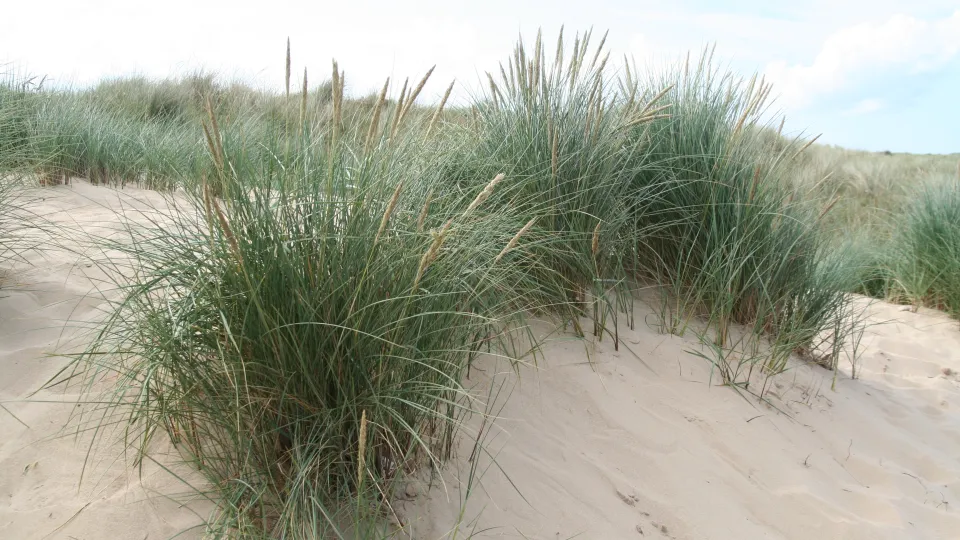
The dense, spiky tufts of Marram grass are a familiar sight on our windswept coasts. In fact, its matted roots help to stabilise sand dunes, allowing them to grow up and become colonised by other species.
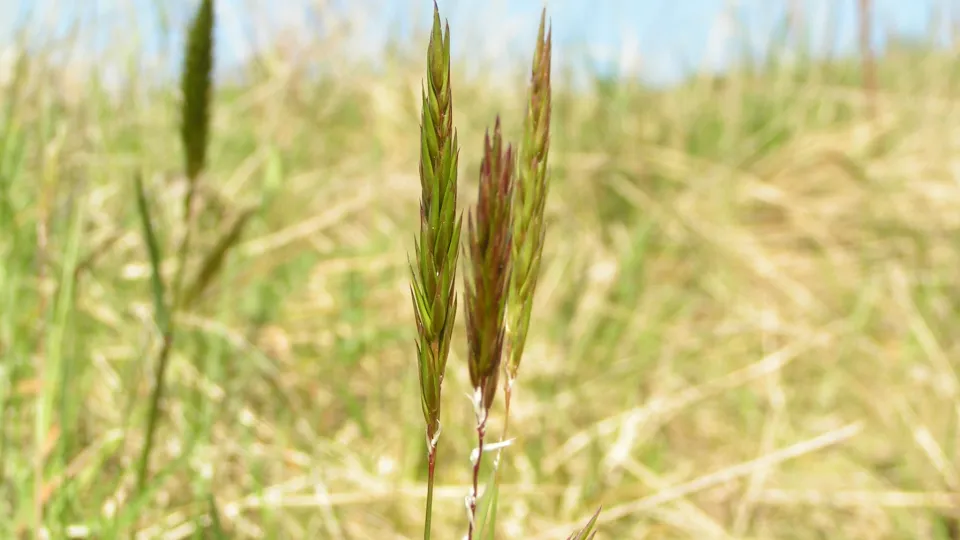
Flowering in spring, the cylindrical, densely packed flower spikes of Sweet vernal-grass are easily spotted in a meadow. It also tastes of sweet vanilla and was once a favourite 'chewing grass'.
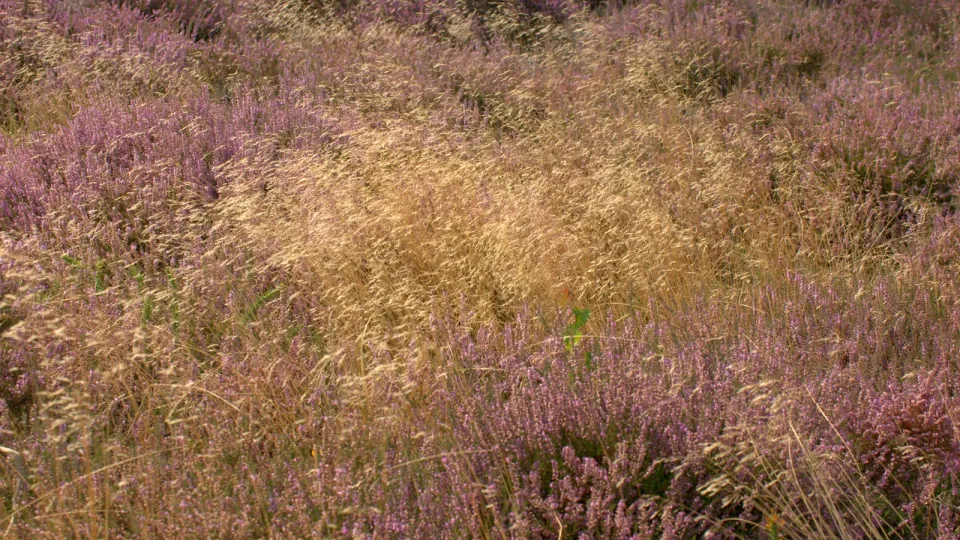
Wavy hair-grass lives up to its name: its fine, hair-like leaves and delicate flower heads can be seen shaking in the breeze of a windswept moorland or heathland.
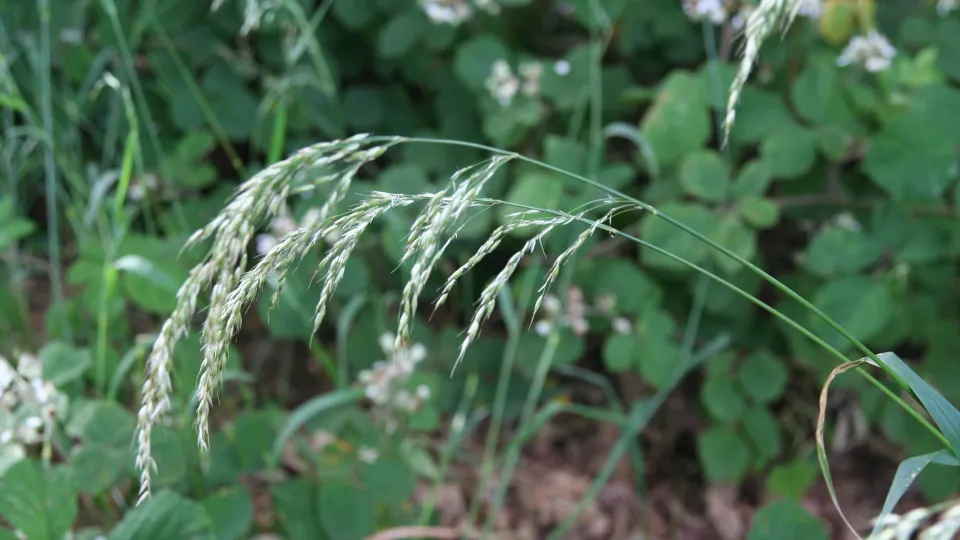
A fluffy-looking grass of rough grassland, roadside verges and disturbed ground, False oat-grass is very familiar and often overlooked; in fact, it can help to stabilise dunes and shelter small mammals.
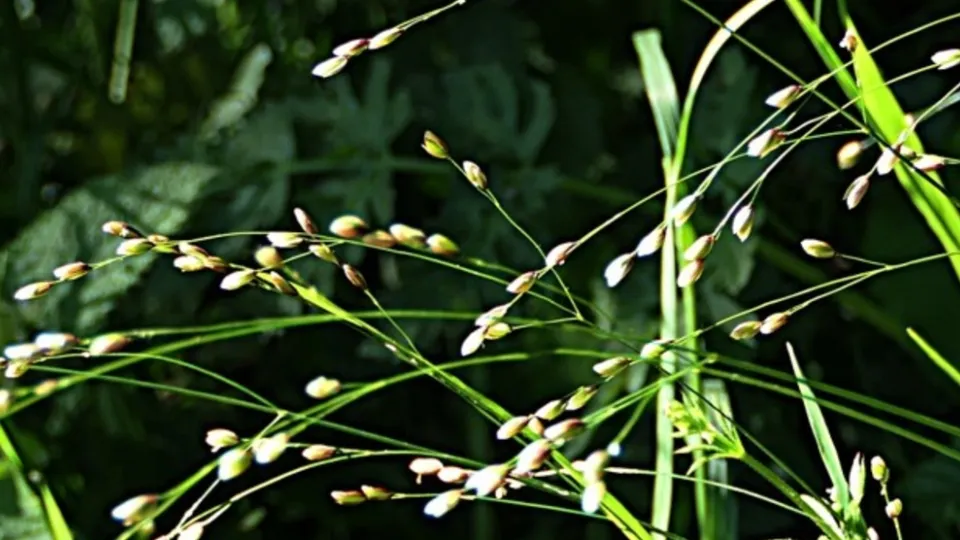
Wood melick is a slender, drooping grass that grows in dense patches in ancient woodlands and along shady banks. It has nodding flower heads, with brown, egg-shaped spikelets that contain the flowers.
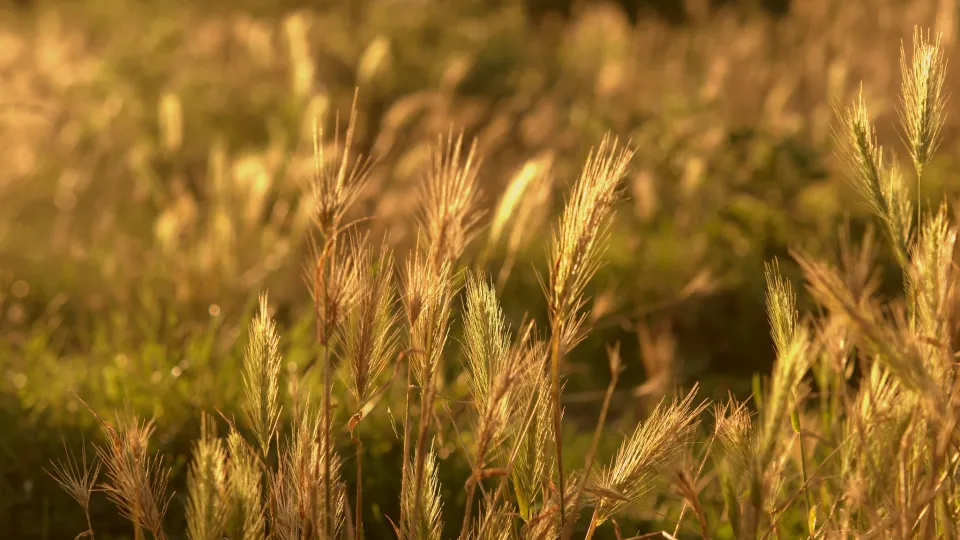
The distinctive spiky, or 'bearded', green flower heads of wall barley appear from June to July and are easy to spot in an urban environment as they push their way up through pavements and walls.
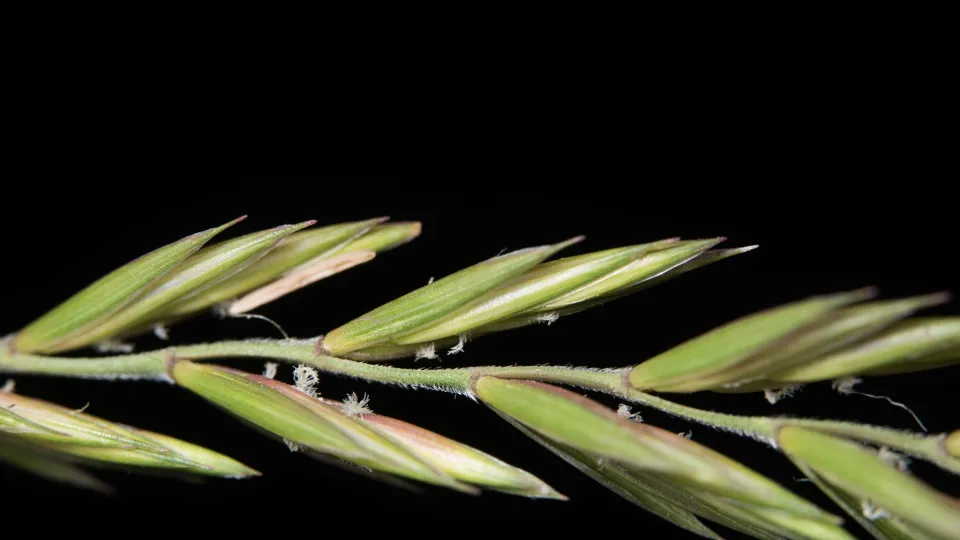
Common couch is a tall, tuft-forming grass of roadside verges, waste ground and arable land. It is very tough and can shade out more delicate plants. Look for flat, blade-like leaves and thin flower spikes.
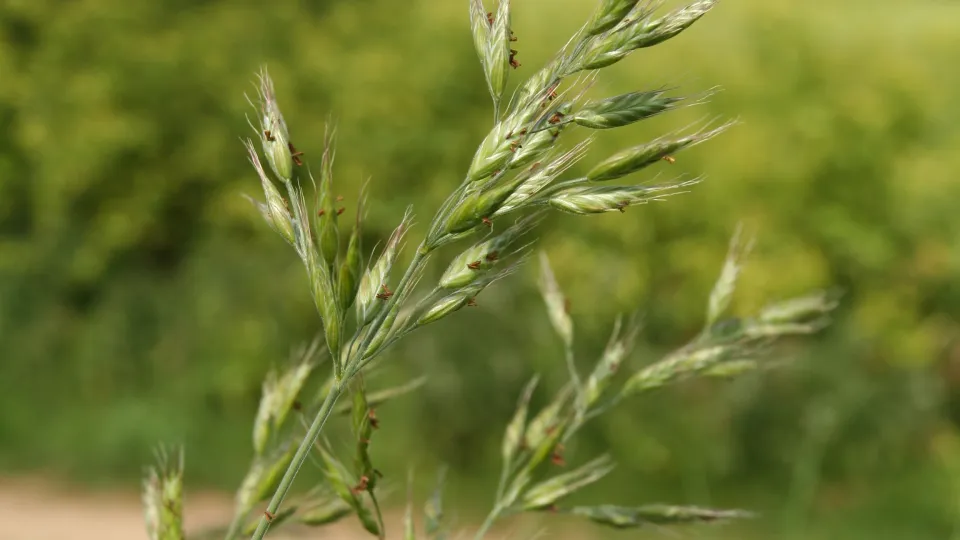
Soft brome is a tall, annual grass of roadside verges, waste ground and meadows, and is a 'weed' of arable land. It has long, grey-green leaves and loosely clustered flower spikes.